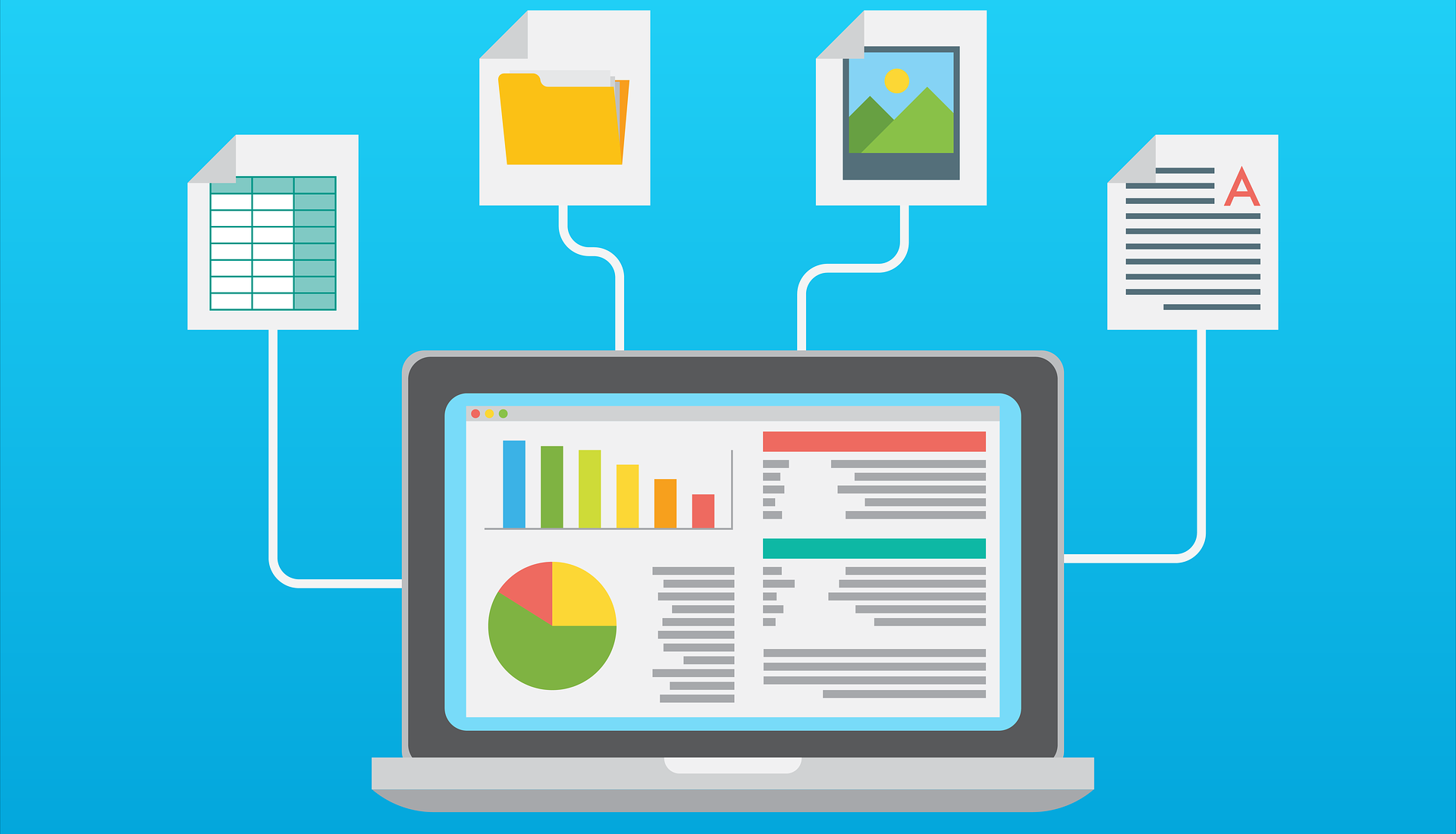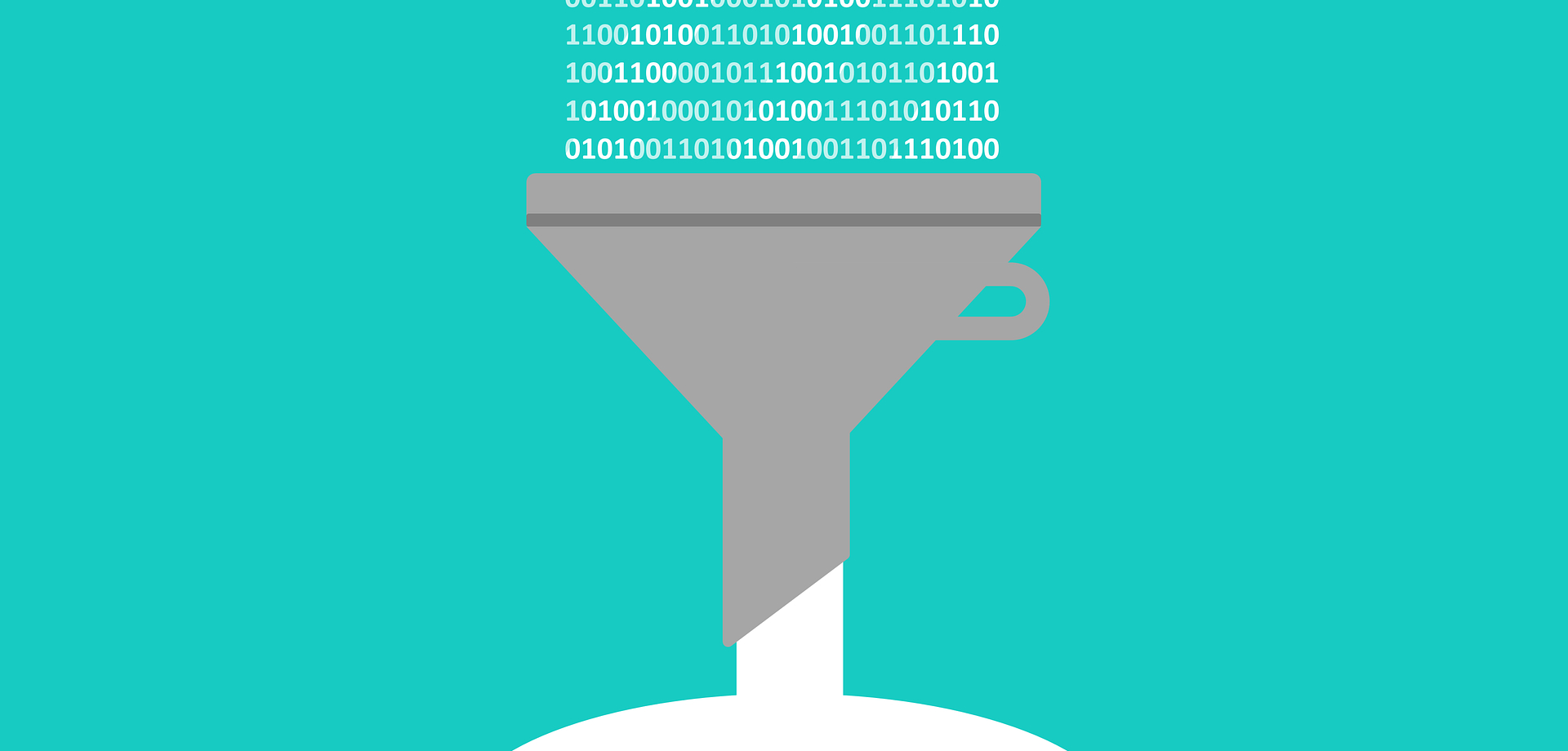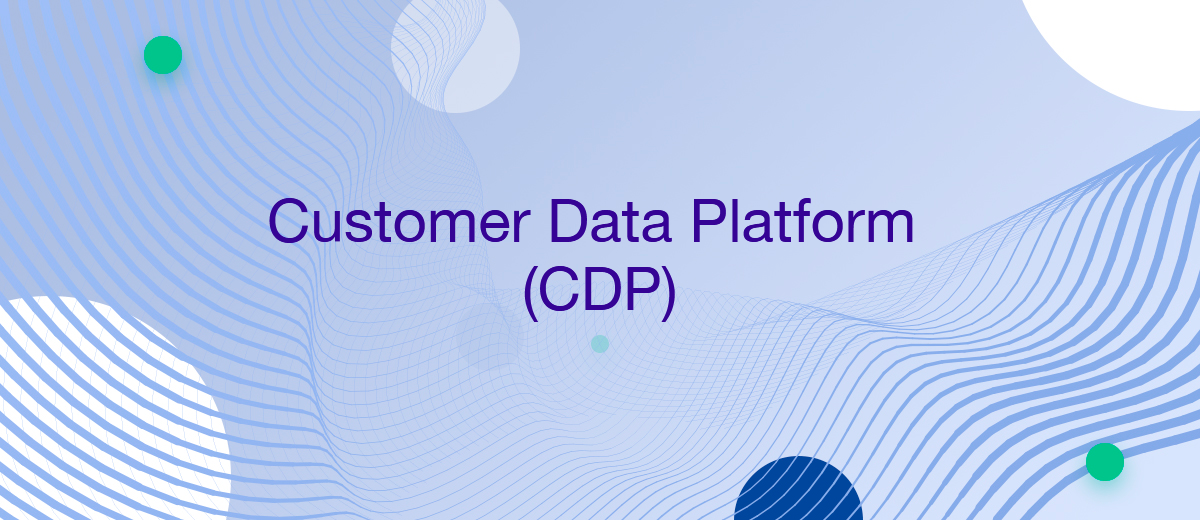The customer data platform is a technology that intends to be a breakthrough in marketing and bring sales personalization to a new level. In this article, we will look at the features of CDP platforms and their capabilities.
Let's imagine that a client has entered an online store, looked at a
gadget, and added it to "Favorites". Later, the customer visited the offline
point of the same company and purchased a device. It would seem
that everything is in order – the purchase is made, and the client is
satisfied. And suddenly, he receives an offer to buy the same gadget with
a 10% discount in the messenger. Such a belated “gift” will no longer
cause positive emotions, but will only add a “minus to the karma” of the
company.
In fact, everything was done right. The system tracked the marked
product and offered to buy it discounted. But it does not know that
the client has already purchased the product in the store. This problem
is solved by combining information about the client from all points of
interaction with the company. And the tool that can do this is called
CDP (Customer Data Platform).
What is a CDP Platform
Customer Data Platform is a smart data warehouse about customers and their activities. A feature of CDP platforms is the way information is processed and grouped. The service collects user data from different sources, combining them into one profile.

CDP is a technology that considers the actions of the client both online and offline. Sources of information can be:
- cash desks in offline stores;
- user actions on the site;
- activity in the application;
- response to mailing lists or advertisements;
- data from the CRM system, etc.
In fact, the CDP platform is a database with detailed lead questionnaires. The system combines the activities of one client at all points of contact with the company into a common profile. If the same person answered the mailing list, made a purchase at a retail outlet, added a product to the shopping cart on the site or was previously entered into the CRM system, all these “touches” will be combined into one user profile in the CDP platform.
Omnichannel communication with the target audience can significantly improve business efficiency. But the more possible points of contact a customer has with a brand/company, the more difficult it is to identify the full picture of lead activity. The probability of duplication of users in the database increases, and at the same time, the effectiveness of marketing mechanics decreases. CDP offers a solution to this problem – the creation of a single client profile.
Maximum Personalization
The more data about the client and his activity, the easier it is to
build interaction with him. Currently, one of the main keys to
effectively moving a lead through the sales funnel is the
personalization of the offer. CDP platforms and a unified client profile
allow you to implement an individual approach on an entirely different
level.
Detailed user profiles and activity data provide finer segmentation and help personalize:
- mailings through different channels;
- content on the website or landing page;
- advertising campaigns;
- loyalty programs.
The use of CDP platforms virtually eliminates misunderstandings such as offering a discount on a product after purchasing it, displaying an advertisement for a product that the user has already ordered, etc.


But the matter is not limited to getting rid of “uncomfortable situations”. Precise individualization of content and offers is the basis for a high level of service and customer loyalty. High-quality personalization in marketing increases conversion, and also puts a “filter” between the company and the user, which saves the client from the flow of irrelevant information.

In the ideal world of a marketer, the client is shown ads that meet his needs, the mailing comes at the right time and in the right format, Web Push notifications do not annoy, but arouse interest. Of course, CDP platforms cannot guarantee such “magic” interaction with the audience, but they provide a good chance to increase the efficiency of marketing processes.
Benefits of Using CDP Technology
What marketing tasks does the Customer Data Platform help to solve:
- data collection and sorting;
- creating a client profile;
- customer base segmentation;
- personalization of offers, advertising, loyalty programs;
- automation of communication with customers.
The CDP platform collects data from different points of contact between the lead and the company. This technology simplifies customer identification, which increases the efficiency of the marketer. Using the CDP database, you can make a more accurate selection for the application of marketing mechanics. The Customer Data Platform allows you to:
- improve the effectiveness of mailings and notifications;
- increase conversion on the website and advertising platforms;
- optimize the cost of advertising campaigns;
- improve customer service and loyalty.
Detailed data about the actions, purchases and other activities of the client helps to set up relevant content on the site and the optimal advertisement. Advertising can be filtered by various features (hobbies, location, past purchases, etc.) and actions (adding similar products to favorites, buying similar products offline, a similar product has already been purchased, etc.). The “right” ad content helps increase response rates and lowers the cost of impressions that have little chance of success.
How CDP Differs From CRM
Customer Data Platform is where customer data is stored. Other tools can perform the same function. For example, CRM (Customer Relationship Management). However, CDP and CRM have fundamental differences.
The CRM system also stores customer data. If the user fills out the
feedback form on the site or contacts the sales manager by phone, the customer
gets into the database. The main client identifiers for the CRM system
are phone or e-mail. This data is used to reduce the percentage of
duplicates and identify the user on subsequent hits. The synergy between CRM systems and virtual data room streamlines data management and enhances user identification, creating a seamless and secure environment for both businesses and their clients.
The possibilities of CRM in terms of omnichannel communication between
leads and the company are very limited. The use of hard identifiers does
not give a general picture of the client's actions. Lead tracking
begins from the moment it is entered into the database, not considering activity before this event. The offline activity of the client
and actions that cannot be tied to a phone or e-mail are also not considered.
On the contrary, CDP platforms are the collection of activities and data for the entire period of interaction between the client and the company. Including in offline mode. CDPs provide a more detailed and accurate buyer persona. At the same time, CRM systems in some segments and under certain conditions quite effectively solve the problems of processing and storing leads.
Marketing Automation
The Customer Data Platform (CDP) is not just about personalization and relevance. This technology is also a powerful marketing automation tool. Based on CDP platforms, you can create various scenarios and plan actions for different combinations of triggers.

In combination with other services, the CDP platform allows you to automate the work with direct channels. Communication using e-mail, instant messengers, notifications on the site can be performed according to planned scenarios.
Conclusions
CDP technology has already managed to make a lot of noise in the marketing environment. At the same time, the capabilities of the Customer Data Platform become available not only for large players in the market, but also for small and medium-sized businesses. And this means that efficient processing of customer data, compilation of unified profiles, optimization of advertising costs, automation of marketing mechanics – all this can already be tried with services based on CDP platforms.
You probably know that the speed of leads processing directly affects the conversion and customer loyalty. Do you want to receive real-time information about new orders from Facebook and Instagram in order to respond to them as quickly as possible? Use the SaveMyLeads online connector. Link your Facebook advertising account to the messenger so that employees receive notifications about new leads. Create an integration with the SMS service so that a welcome message is sent to each new customer. Adding leads to a CRM system, contacts to mailing lists, tasks to project management programs – all this and much more can be automated using SaveMyLeads. Set up integrations, get rid of routine operations and focus on the really important tasks.
